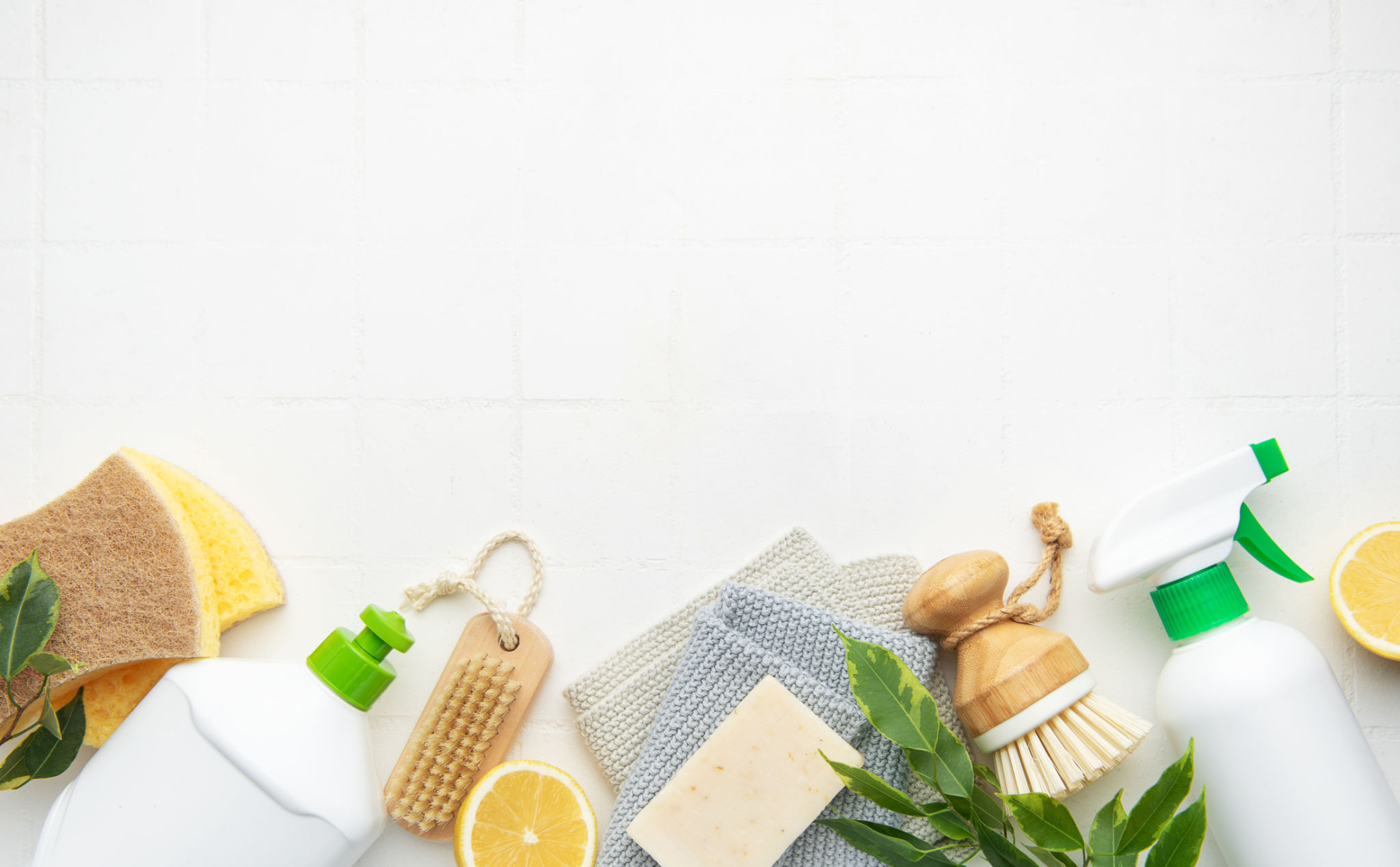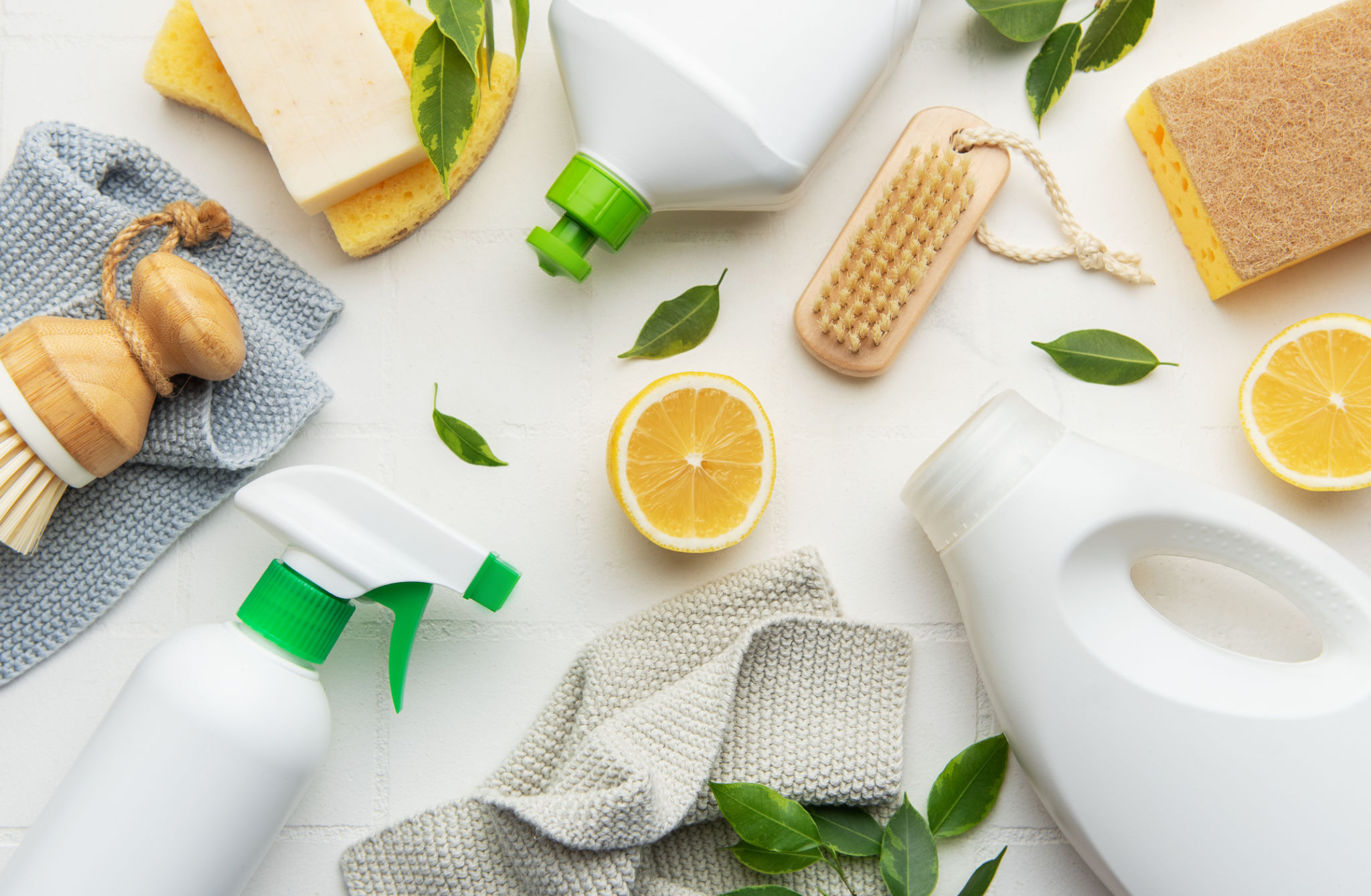Breaking Down Cleaning Myths: What You Really Need for a Clean Home
Introduction to Cleaning Myths
In the quest for a spotless home, many of us have turned to age-old advice and tips passed down through generations. However, not all of these cleaning myths hold water. In fact, some might be doing more harm than good. Let's delve into some common misconceptions and uncover what you truly need for a clean home.

Myth: More Detergent Equals Cleaner Clothes
One of the most pervasive myths is that using more detergent will result in cleaner clothes. In reality, using too much can leave residue on your clothes and damage your washing machine. It can also lead to skin irritation. It's essential to follow the manufacturer's instructions on detergent use for optimal results.
The Right Amount Matters
Instead of guessing, measure your detergent according to the load size and the degree of soil. High-efficiency washers require even less detergent, so be sure to adjust accordingly. Remember, less is often more when it comes to cleaning effectively.
Myth: Vinegar Cleans Everything
While vinegar is a versatile cleaning agent, it's not a miracle solution for all surfaces. It's acidic and can damage certain materials like stone countertops and hardwood floors. Understanding where and how to use vinegar is crucial for safe and effective cleaning.

Where Vinegar Shines
Vinegar works wonders on glass surfaces, cutting boards, and as a natural fabric softener. However, always perform a spot test before using it on large surfaces, and avoid mixing it with bleach, as this combination releases toxic fumes.
Myth: Feather Dusters Remove Dust
Feather dusters are often believed to be effective tools for dusting, but they usually just spread dust around rather than remove it. For truly dust-free surfaces, you'll need a more reliable method.
Effective Dusting Techniques
Opt for microfiber cloths or damp rags that trap and hold dust particles. These materials are designed to capture dirt rather than move it around. Regularly wash your dusting cloths to maintain their efficiency.

Myth: Bleach is the Ultimate Cleaner
Bleach is often seen as a go-to cleaning agent for its powerful disinfecting properties. However, it's not a cleaner; it's a disinfectant. Using bleach on dirty surfaces may not be effective, as it needs to contact the surface directly to work properly.
When to Use Bleach
Use bleach on already-clean surfaces where disinfection is needed, such as kitchen counters or bathroom tiles. Always dilute bleach according to instructions and ensure proper ventilation during use.
Conclusion: Smarter Cleaning Practices
Relying on myths can lead to ineffective cleaning practices and potential damage to your home. By understanding the truth behind these common misconceptions, you can make informed decisions and achieve a truly clean and healthy living environment.

